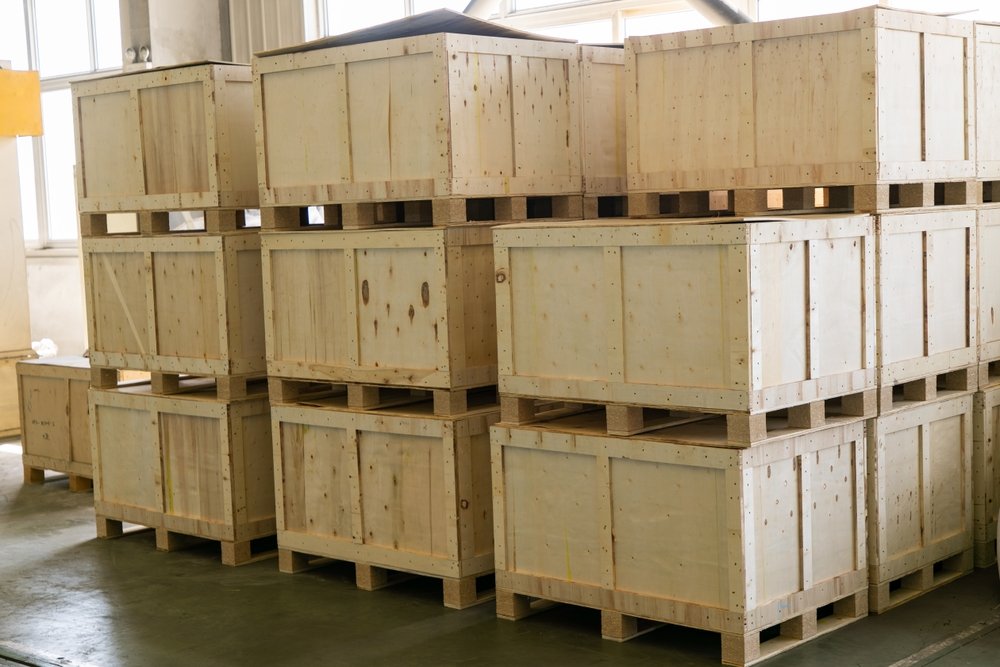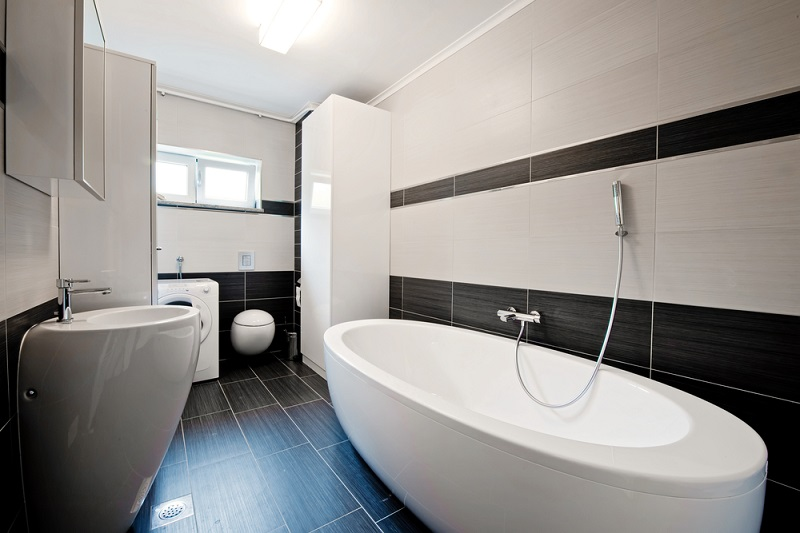Have you ever felt overwhelmed by all the different crate options available when shipping your products? Do you wonder whether timber crates are right for your unique requirements? If so, you’re in the right place. Here, we’ll explore everything you need to know about Timber Crates Sydney and how to select the best ones for your business.
We’ll keep things friendly and straightforward, avoiding any stuffy language. Think of this as chatting with a mate over coffee who just happens to know a lot about timber crates. From understanding the differences between softwood and hardwood to figuring out the best shipping methods in Australia, this guide has got you covered. Ready to get started? Let’s jump in!
Why Timber Crates Are Crucial for Your Business
Timber crates are more than just wooden boxes. They’re a powerful packaging solution designed to keep goods safe during storage and transit. For many businesses in Australia, timber crates remain the top choice due to their durability and adaptability. Whether you’re shipping fragile electronics or heavy machinery parts, high-quality timber offers reliability that’s hard to beat.
One key reason timber crates are so vital is their protective nature. Wood provides excellent impact resistance, acting as a buffer against bumps and jolts. This is especially important if you frequently transport items over rough roads or face long transit times.
On top of that, timber crates can be custom-built to fit your products perfectly. By adjusting dimensions, thickness, and type of wood, you can ensure your goods remain secure. Not to mention, timber crates often comply with strict quarantine regulations in Australia when properly treated. Simply put, if you need a packaging solution that’s strong, long-running, and easy to work with, timber crates are tough to beat.
Understanding Timber Crates: Types and Benefits
When picking timber crates for your business, it’s helpful to explore the various types and understand their benefits. From the type of wood to whether you go for a custom design or a standard crate, there’s plenty to think about. By recognising these factors, you’ll be in a better position to make the most of your timber crates.
Softwood vs. Hardwood
Softwood crates are typically made from pine or other coniferous trees. These crates are often lighter and less expensive, making them an appealing choice if you’re looking to lower costs. Hardwood crates, however, are made from denser woods such as oak, offering superb strength and durability. If your shipments involve bulky or valuable goods, hardwood might be your best bet. Consider your load requirements, as well as budget constraints, when deciding which type works best for you.
Custom vs. Standard Crates
Custom crates give you total control over size, shape, and design. This reduces wasted space and ensures optimum protection for oddly shaped or especially fragile items. Standard crates, on the other hand, come in predetermined sizes and are usually quicker to source. If speed or cost-effectiveness is a priority, standard crates might save you time. However, if you’re packaging valuable or specialised products, investing in custom crates could offer added safety.
Local Sourcing in Sydney
When buying timber crates in Sydney, choosing a local supplier can simplify logistics and reduce delivery times. This local sourcing approach also supports the Australian timber industry. Many Sydney-based suppliers use responsibly sourced wood, which helps preserve forests and aligns with eco-friendly practices. Plus, local suppliers can provide advice tailored to Australia’s climate and regulations, giving you a significant advantage in the long run.

Key Considerations Before You Buy
Before you commit to any particular crate, take a moment to reflect on a few vital factors. By balancing size, quality, budget, and compliance requirements, you’ll end up with timber crates that truly meet your needs.
Size, Shape, and Weight Requirements
One of the first things to check is how big and heavy your product is. Timber Crates Sydney vendors often offer a range of options, but nothing beats a precise fit. If you have large, irregularly shaped items, a custom crate can simplify loading and unloading while minimising damage risks. Bear in mind that your chosen crate must withstand the weight of your goods without buckling or weakening over time.
Budget vs. Quality
While keeping costs in check is important for any business, don’t sacrifice quality for cheap materials. Inferior timber or shoddy construction can lead to breakages, spoilage, or worse—disgruntled customers. Instead, weigh the long-term costs of potential damage against the slightly higher upfront investment of robust timber. A well-built crate will likely pay off by protecting your goods and reducing the likelihood of replacements or returns.
Delivery and Logistics in Australia
Long distances and diverse terrain are part and parcel of Australian shipping. Whether you’re sending crates to Perth, Sydney, Melbourne, or regional areas, plan for routes and transport times. Timber crates, thanks to their sturdiness, can handle different conditions well. Look at lead times and consider how easily your crates can be stacked or stored. Proper planning here can reduce logistical hiccups and lower shipping costs.
Compliance with Australian Regulations
Australia has stringent quarantine rules to protect local ecosystems. Make sure your timber crates comply with ISPM 15 regulations, which detail the treatment and marking of wood packaging. Many suppliers in Sydney already adhere to these guidelines, but it never hurts to confirm. Ensuring compliance upfront helps you avoid border delays and additional expenses down the line.
Common Pain Points and How Timber Crates Solve Them
Many businesses face similar headaches when sending out products, regardless of their industry. Fortunately, timber crates address several of these issues head-on. Let’s look at the top three challenges and how timber crates can step in as an ideal approach.
Storage and Space Constraints
Limited warehouse or store space can be a big issue, especially if you’re dealing with seasonal or high-volume goods. Fortunately, timber crates are typically stackable and can be disassembled if needed. This feature saves valuable floor space and keeps your products neatly organised. If you find yourself dealing with a cramped warehouse, timber crates can be a lifesaver.
Durability and Damage Prevention
Nobody wants goods arriving at their destination scratched, dented, or smashed. Timber is naturally strong and can shield items from daily wear, knocks, and jolts. It’s especially helpful if you handle long-distance shipping, where packages may be transferred between multiple vehicles. By acting as a sturdy buffer, timber crates prevent minor mishaps from turning into major financial losses.
Ease of Handling and Transportation
Timber crates can come with convenient lifting points, making them easier to manage with forklifts and pallet jacks. Compared to some flimsy packaging materials, timber crates hold their shape well, lowering the risk of accidents. This benefit alone can speed up the packing process and reduce staff injuries. In turn, a streamlined loading and unloading operation can amplify overall productivity.

Step-by-Step Guide to Ordering Timber Crates in Sydney
Ordering timber crates in Sydney doesn’t have to be complicated. By following a structured process, you’ll avoid common pitfalls and receive the crates you need on schedule.
Finding a Reputable Supplier
Begin by searching local directories or asking for referrals. Look for suppliers with a proven track record, positive reviews, and experience in Australian regulations. A seasoned supplier will be upfront about their wood sourcing, offer customisation options, and clarify any compliance details.
Comparing Pricing and Quality
Obtain quotes from a few different suppliers. Compare not only the bottom-line cost but also the quality of timber and construction methods. While it’s tempting to go for the lowest offer, ensure you’re not sacrificing durability. Request samples or photos of their crates to gauge how well they’re built.
Inspecting Timber Crates Before Purchase
Once you settle on a supplier, arrange to inspect the crates especially if it’s a significant order. Check that the wood is free from cracks, that corners are reinforced properly, and any nails or screws are secure. If you’re buying custom crates, make sure the dimensions match your product specifications precisely.
Arranging Delivery and Lead Times
Coordinate shipping details early. Clarify the delivery schedule, who handles any customs paperwork, and how the crates are packed for transportation. If you need the crates by a tight deadline, confirm the turnaround time to avoid last-minute stress. Prompt communication ensures a smooth handover when your crates arrive.
Maintenance and Care for Long-Term Use
Once you’ve invested in timber crates, a little upkeep adds years to their lifespan. Proper maintenance can mean fewer replacements, less waste, and sustained quality over the long haul.
Treating Timber for Pests and Moisture
Timber can be susceptible to pests like termites and beetles, as well as humidity-related damage. Australian climates range from dry and hot to wet and tropical, so consider applying appropriate treatments. Some crates come pre-treated with heat or fumigation, while others might benefit from a wood-safe sealant. Taking these steps offers peace of mind that your crates remain sturdy and pest-free.
Repairing and Reconditioning Crates
Over time, even the toughest timber crates can develop wear and tear. Look for signs of broken slats, warped panels, or mould growth. Promptly repair any damage by replacing broken boards, reinforcing weak areas, and applying anti-fungal treatments if needed. By staying on top of repairs, you keep your crates in reliable shape and ready for repeat use, saving money in the long run.
Conclusion
Summing up, choosing the right timber crates for your business hinges on a few crucial decisions. First, understand the type of wood—whether softwood or hardwood—and identify if you need custom sizing to protect delicate or irregularly shaped products. Then, explore local sourcing in Sydney for shorter lead times and easier compliance with Australian regulations. A careful approach here often means fewer headaches later on.
Ultimately, timber crates offer built-in durability, convenience in storage, and an eco-friendly way to protect goods during transport. Whether you’re shipping heavy machinery parts across the country or sending smaller items to local customers, well-chosen timber crates can make all the difference. With the right supplier and proactive maintenance, you can keep reusing these crates for years.



